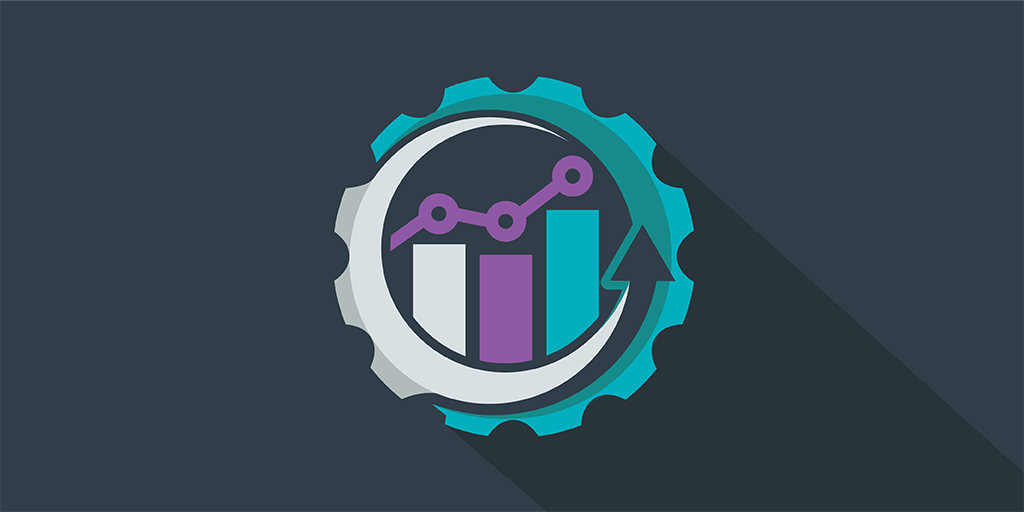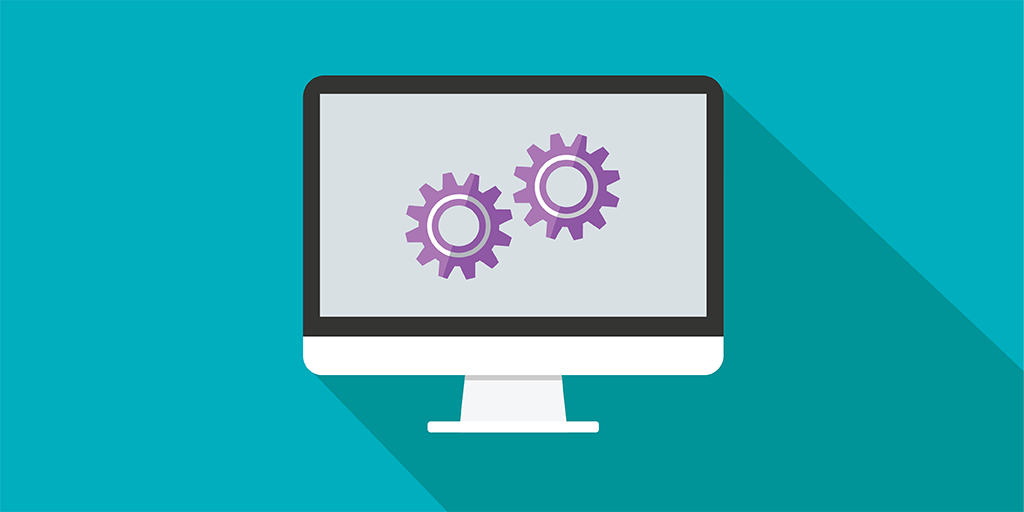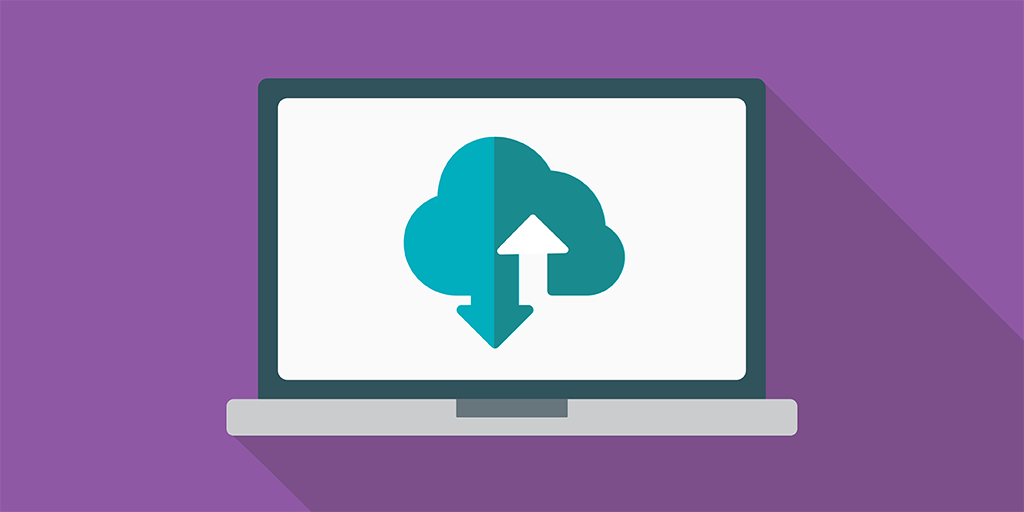Editor’s note: Robotic process automation emerged ahead of the pandemic as one of the next-generation technologies with significant potential to transform how government agencies work. Fast forward to today and this potential is even greater. With the COVID-19 public health emergency ending and “the unwinding” underway, workers in Medicaid, Supplemental Nutrition Assistance Program (SNAP), Temporary Assistance for Needy Families (TANF), and other human services programs are expecting an uptick in work to make sure clients don’t lose their benefits and resources. RPA is especially applicable across these means-tested eligibility programs, so we’ve updated this blog with some additional use cases and best practices.
Human services agencies are constantly fighting to make time for meaningful, high-value work with clients, while maintaining compliance and maximizing efficiency.
Robotic process automation (RPA), technology that streamlines processes and automates routine tasks, could be the answer. With RPA, caseworkers could have more time to focus on engaging clients and doing mission-driven work. Consider the following processes that RPA—combined with back-end workflows, machine learning, natural language processing, and other emerging tools—could help simplify.

Accelerating benefits requests.
You may have heard of “Baby Bot,” a pilot project that launched in Hamilton County, Ohio in May 2018. It’s one of the earliest use cases for how RPA can remove delays in providing benefits.
Essentially, when a baby is born to a family receiving services (e.g., Medicaid or temporary assistance), a bot registers and connects the newborn to the existing case, so the family’s benefits are modified automatically instead of a caseworker having to manually complete paperwork with the family.
The bot, expanded statewide in March 2021, has provided 50,000+ newborns with access to Medicaid within the same day of receiving the information. Previously, the same activities would take counties seven to 10 days to process due to their significant workload.

 Processing backlogs.
Processing backlogs.
Continuous eligibility waivers that have been in place throughout the pandemic will create a backlog of renewals for several programs once they expire, including SNAP and Medicaid.
For example, in July 2022, the Ohio Department of Job and Family Services (ODJFS) reinstituted Interim Reports to confirm families that receive food assistance through SNAP are still eligible for benefits (something that hasn’t been required since the start of the pandemic). If the Interim Report form isn’t marked as received in the statewide case management system, Ohio Benefits, the client’s benefits are automatically discontinued.
Northwoods supports an “Interim Reporting Bot” that the state originally deployed back in 2019 to help manage this process and prevent delays in processing. The bot leverages the statewide electronic document management system, Ohio EDMS, to 1) identify whether or not any changes were reported and 2) remove reports with no changes from getting routed to a worker so they don’t have to waste time reviewing them.
While the number of reports processed by the bot were low while the public health emergency was in place, we’re now starting to see activity pick back up to the highest it has been in three years (on just one day in February, we processed over 2,800 Interim Reports with no changes!).
You can see how this type of automation can be impactful as more states’ waivers expire and agencies have to start working through multiple years of backlogs.

Collecting audio signatures.
One of the waivers initially put in place during the public health emergency that has now become a permanent flexibility is telephonic signatures, which help bridge the gap between COVID-19 adjustments and life without them. Allowing clients to verbally sign applications opens another much-needed contactless avenue for agencies to accept them.
Another example here from Ohio: Northwoods supports a telephonic signature bot integrated with Ohio Benefits to figure out who is on the call so the signature can be saved in the right case file in Ohio EDMS. The bot also reports back to Ohio Benefits and makes a journal entry of date, time, and the signature received, replacing the need for the worker to manually enter the information.

Identifying changes.
Communicating with clients is critical to ensure no person falls through the cracks during the unwinding period. That’s why many states have spent the past several months amping up their efforts to make sure they have the right information—think phone numbers, mailing addresses, or email addresses—to keep in touch with clients and notify them of important changes or potential issues.
During APHSA’s 2022 Economic Mobility and Well-Being Conference, Georgia Department of Family and Children Services shared information about how the agency uses RPA to keep client information up to date. The “change bot” can extract information from incoming documents to update a client’s data in the system. It has also been trained to look for red flags or questionable information that a worker needs to review before making a determination.
Not only does this make sure client’s information is accurate, but it also saves time for workers to focus on customer service and other higher value tasks.

 Streamlining renewals.
Streamlining renewals.
Lastly, let’s look at a hypothetical example where a client’s benefits auto-terminate because their renewal form didn’t get processed within the required timeframe, something quite likely to happen during the unwinding. Too often, manual processes that require the client and caseworker to go back and forth to get all the right verification documents submitted for the renewal are to blame.
A bot could help minimize friction points in the process by reading the renewal form to determine if all the right boxes are checked and the proper verifications are attached. If anything is missing, the bot would trigger a notification or a letter to be generated for the client to submit it. If everything is there, it would send the complete form and verification to the worker to continue processing. All of this would happen in real time (the bot would keep working at all hours of the day!) and minimize delays for the client who no longer needs to worry about his or her benefits expiring.

Future Possibilities and Cross-Program Collaboration
As the previous use cases have demonstrated, RPA is especially applicable across means-tested eligibility programs, such as Medicaid, SNAP, and TANF. But what if we widen the lens to apply it to other human services programs or use it to facilitate better information exchange across the agency? A few ideas:
 Assuring child welfare compliance.
Assuring child welfare compliance.
It’s no secret that compliance tends to overshadow the human elements of child welfare. But, if RPA can manage the heavy lifting on mandated responsibilities, workers wouldn’t have to put their more valuable family-centered activities on hold.
Think about preparing for a Title IV-E Review, Children and Family Services Review (CFSR), or state audit. Typically, multiple workers get pulled into the frenzy for several hours at a time, possibly over the course of several weeks, which means they don’t have time to focus on serving families and children.
RPA could simplify this process in several ways. For starters, a bot could quickly scan and find the cases that meet the review requirements instead of workers doing it manually. A bot could also help verify that all the proper documents and evidence—including any files or records maintained separately—are included with cases that get pulled.
Moving cases forward.
RPA could also help with other internal child welfare activities that follow a formulaic process, such as demonstrating all necessary documentation and evidence is in place prior to transferring, closing, or filing a case in court.
In both examples, compliance becomes more of a background process so that workers can focus their time and energy on families, without putting the agency at risk for failing to meet requirements. Even better, agencies can offer much more detailed and robust examples representing their true work.
Engaging caregivers.
As the opioid epidemic continues to impact child welfare, RPA can help manage some of the ripple effects, such as increasing support for kinship caregivers. Consider a case where grandma is serving as guardian for her grandson because her daughter (mom) is battling addiction. As the agency begins prioritizing their time and effort to support grandma in caring for her grandson, they also want to be able to connect her (and other extended family members who could provide support) with the necessary resources and services to help mom through a difficult time.
In this instance, a bot could automate communication to keep the family informed of these resources and services, such as sending reminders or triggering notifications as support programs become available. This way, the family is encouraged to help mom without compromising focus on the child.
Supporting foster care recruitment.
Increased need for foster parents is another ripple effect of opioids that RPA could help manage. For example, a bot could support foster parent recruitment, such as scanning a list of prospective families and triggering follow-up emails to those who haven’t engaged in a certain amount of time. Or it could help manage the application process for families who want to enroll in pre-service training.
 Facilitating cross-program information exchange.
Facilitating cross-program information exchange.
RPA could help human services programs share more data and information by knocking down silos between disparate systems. Imagine if the same bot that finds a change in the state’s integrated eligibility system could then automatically update the state’s child welfare information system too.
Even better, if the entire agency is using just one platform to store case files, then any program in the agency would have access to that updated information. Using RPA to let this data flow freely back and forth, and without any added work, could be a huge step in making the entire workforce more effective.

How Can Robotic Process Automation Help Human Services?
Now that we’ve given you a few ideas, start thinking about how your human services agency could leverage RPA. Remember that two types of activities are best suited for it: 1) Repetitive, structured tasks with limited need for critical thinking or decision-making; or 2) “Swivel chair” work that requires a person to enter the same data in multiple systems.
Additionally, keep these considerations in mind:
- The results you’ll get out of RPA are only as good as the data you feed in. The adage “garbage in, garbage out” applies to RPA. Automation won’t make an impact without complete and accurate data in place to feed into the system. This is especially important when client’s benefits and your agency’s compliance are on the line.
- RPA isn’t an alternative to staffing. While RPA can help streamline routine tasks, it doesn’t replace the need to have qualified staff that can engage customers and help connect them to all the resources they need. Many bots still require a worker to verify information and make certain determinations. You’ll also need IT support to monitor system changes, policy changes, and other factors that could impact a bot’s effectiveness.
- Consolidate systems and applications. Many states have combined forms and folded multiple programs into one system (for example, Ohio added child care to the same system as Medicaid, SNAP, and TANF) in anticipation of the unwinding. This can also help maximize the effectiveness of RPA if any worker in the agency can access information that gets changed or automatically added to a client’s case file.



